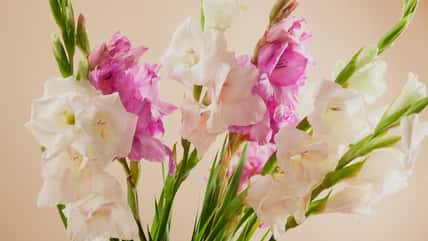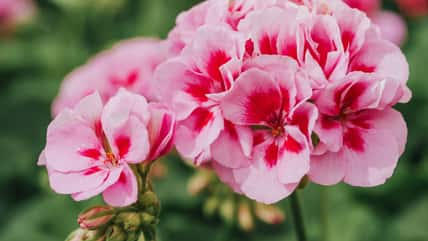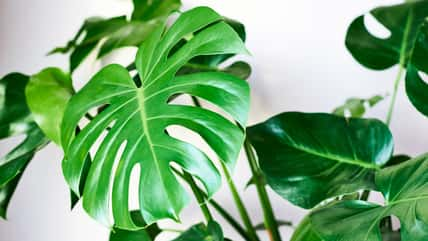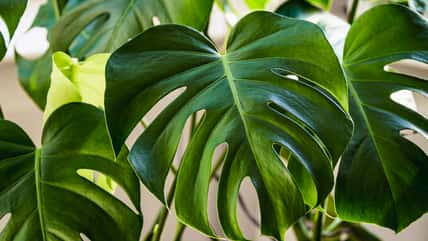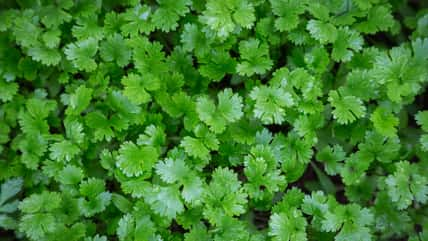Curate A Garden With Both Pops Of Color And Flavor By Growing These 10 Edible Ground Cover Plants That Can Be Incorporated Into Your Culinary Repertoire
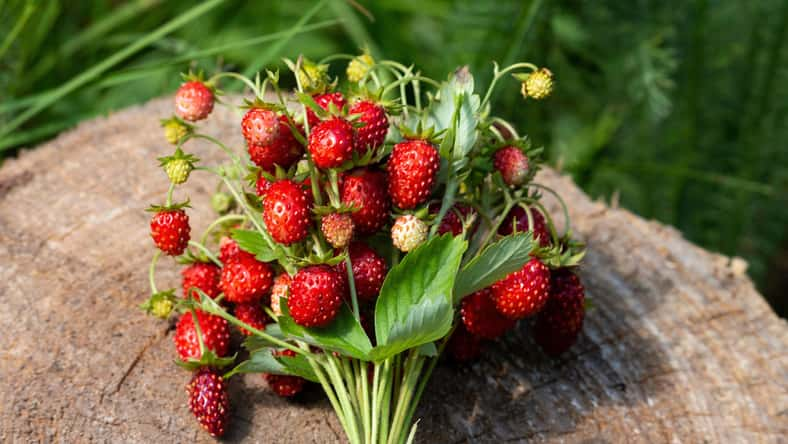
Gardening isn’t just about adding beauty to your surroundings– it’s about blending aesthetic appeal with practical utility.
Incorporating edible ground cover plants is a clever way to make your garden not only visually stunning but also a source of fresh flavors for your dishes.
So, here are 10 ground cover plants that serve the dual purpose of bringing both a burst of color and taste to your garden.
Wild Ginger
Native to North America, Wild Ginger is admired for its heart-shaped leaves that offer a lush, green carpet underfoot.
This plant thrives in shaded areas with moist, well-drained soil, making it perfect for those tricky low-light garden spots.
The roots of Wild Ginger can also be used to add a mild ginger flavor to soups and teas, but due to its potency, it’s best used in moderation.
Alpine Strawberry
Hailing from Europe, the Alpine Strawberry is a charming plant with small, lush leaves and delicate white blossoms that yield tiny, intensely flavorful strawberries.
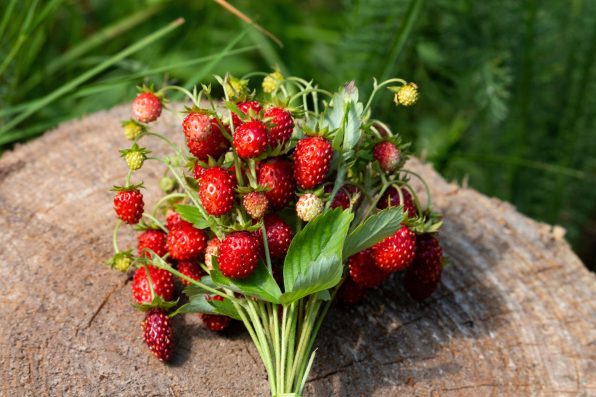
Anna – stock.adobe.com – illustrative purposes only
It prefers sunny spots but can tolerate partial shade, requiring well-drained soil and consistent moisture.
By growing this plant, you will be rewarded with berries that are a delightful addition to salads and desserts or simply enjoyed fresh.
Wintergreen
With its origins in North America, Wintergreen features glossy leaves, bright red berries, and white flowers, offering year-round visual interest.
It also adapts well to both sunny and shady spots, flourishing in acidic, well-drained soil.
Plus, the leaves and berries of Wintergreen have a refreshing minty flavor, making them perfect for teas and even homemade toothpaste.
Peppermint
Peppermint, which is native to Europe and Asia, is a vigorous plant with bright green, serrated leaves known for its rapid ground coverage.
It prefers moist soil and partial shade, but you should be wary of its invasive nature. So, containing it in pots or designated garden beds can prevent it from overtaking other plants.
Peppermint leaves are ideal for adding a cool, refreshing flavor to drinks, salads, and desserts.
Lemon Balm
Originating from South-Central Europe, Iran, and Central Asia, Lemon Balm has light green leaves that release a pleasant lemon scent when bruised.
This plant enjoys moist, well-drained soil and partial shade, and its leaves are fantastic in teas and salads and used as garnishes, providing a gentle lemon flavor.
Violet
Violets, with their heart-shaped leaves and vibrant purple flowers, bring a pop of color to the garden and are native to the Northern Hemisphere.
They thrive in cool, shaded areas with moist soil. Both the leaves and flowers are edible, too, with the flowers adding a sweet touch to salads and desserts.
Gold Moss
Gold Moss, an Asian native, is actually a succulent ground cover plant with bright green leaves and yellow flowers that thrive in drought conditions.
Gold Moss prefers well-drained soil and can grow in full sun to partial shade. And when it comes to cooking, its leaves add a crunchy, peppery flavor to dishes, whether eaten raw or cooked.
Watercress
A native of Europe and Asia, Watercress features small, round leaves and delicate white flowers, making it both visually appealing and a tasty addition to any garden.
This plant requires constant moisture and can grow in shallow water, making it perfect for water gardens or wet soil areas.
Watercress is also renowned for its peppery flavor, enhancing salads, sandwiches, and soups.
Pineapple Weed
Native to North America, Pineapple Weed resembles chamomile with its feathery foliage and yellow flowers that emit a refreshing pineapple scent.
It’s also undemanding, meaning it can thrive in poor soil and sunny conditions. Then, its flowers, which can be used fresh or dried, add a subtle pineapple flavor to salads, teas, and desserts.
Thyme
Last but not least is Thyme, which hails from Southern Europe. This drought-tolerant plant features small, fragrant leaves and purple flowers that make it an ideal choice for adding texture and color to garden paths.
Thyme favors full sun and well-drained soil. And, as you probably know, it’s a classic culinary staple, offering a pungent, earthy flavor that enhances meats, soups, and stews.
Sign up for Chip Chick’s newsletter and get stories like this delivered to your inbox.
More About:Gardening
